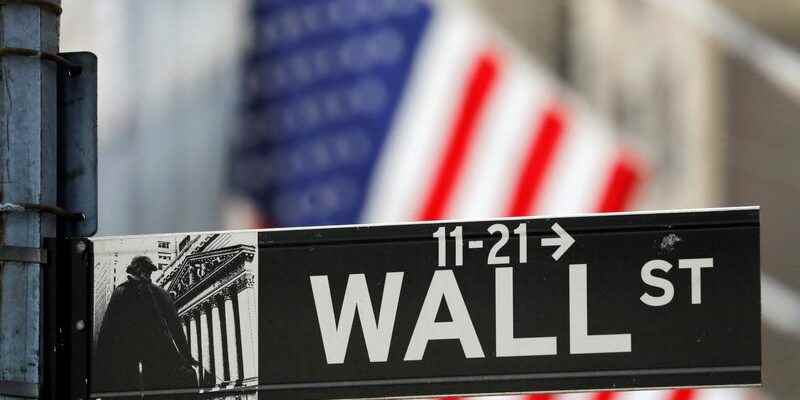by Echo Wang
(Reuters) – The New York Stock Exchange ended lower on Friday in the final session of a year marked by steep losses as interest rates were hiked aggressively to fight inflation, fears of a recession , the Ukrainian conflict and concern about the health situation in China.
The Dow Jones index fell -0.22%, or 73.55 points, to 33,147.25 points.
The broader S&P-500 fell 9.78 points, or 0.25%, to 3,839.50 points.
The Nasdaq Composite fell for its part by 11.61 points (-0.11%) to 10,466.48 points.
All three major Wall Street indexes recorded their first annual decline since 2018, as the US Federal Reserve (Fed) this year raised its rates at the fastest pace since the 1980s.
U.S. stock indices also posted their biggest annual declines since the 2008 financial crisis.
“The decline in the markets can be explained by several factors: disruptions in supply chains, rising inflation, the slowness of the Fed to start its monetary tightening in order to curb inflation”, explains Sam Stovall, Chief Investment Officer at CFRA Research.
Economic indicators suggesting a recession and geopolitical tensions, linked in particular to the war in Ukraine and uncertainties regarding China, also weighed on the markets, he added.
Growth stocks were affected by the rise in bond yields during the year.
Apple, Alphabet (parent company of Google), Microsoft, Nvidia, Amazon and Tesla are among the stocks in the sub-index of growth stocks that have recorded the worst performance, showing declines ranging from 28% to 66% in 2022.
The Energy sector, for its part, made annual gains of 58%, due in particular to the rise in oil prices.
Ten of the eleven major sectors of the S&P-500, however, ended in the red on Friday.
Attention is now turning to the outlook for corporate earnings in 2023, as concerns about a recession mount.
The resilience of the US economy raises fears that rates will remain high, although waning inflationary pressures have fueled hopes of less monetary tightening.
Traders estimate a 65% chance of a 25 basis point rate hike at the Fed’s scheduled meeting in February, and see rates peaking at 4.97% by mid-2023, according to the “FedWatch” tracking tool.
(With contributions from Ankika Biswas and Amruta Khandekar; French version Camille Raynaud)
Copyright © 2022 Thomson Reuters
